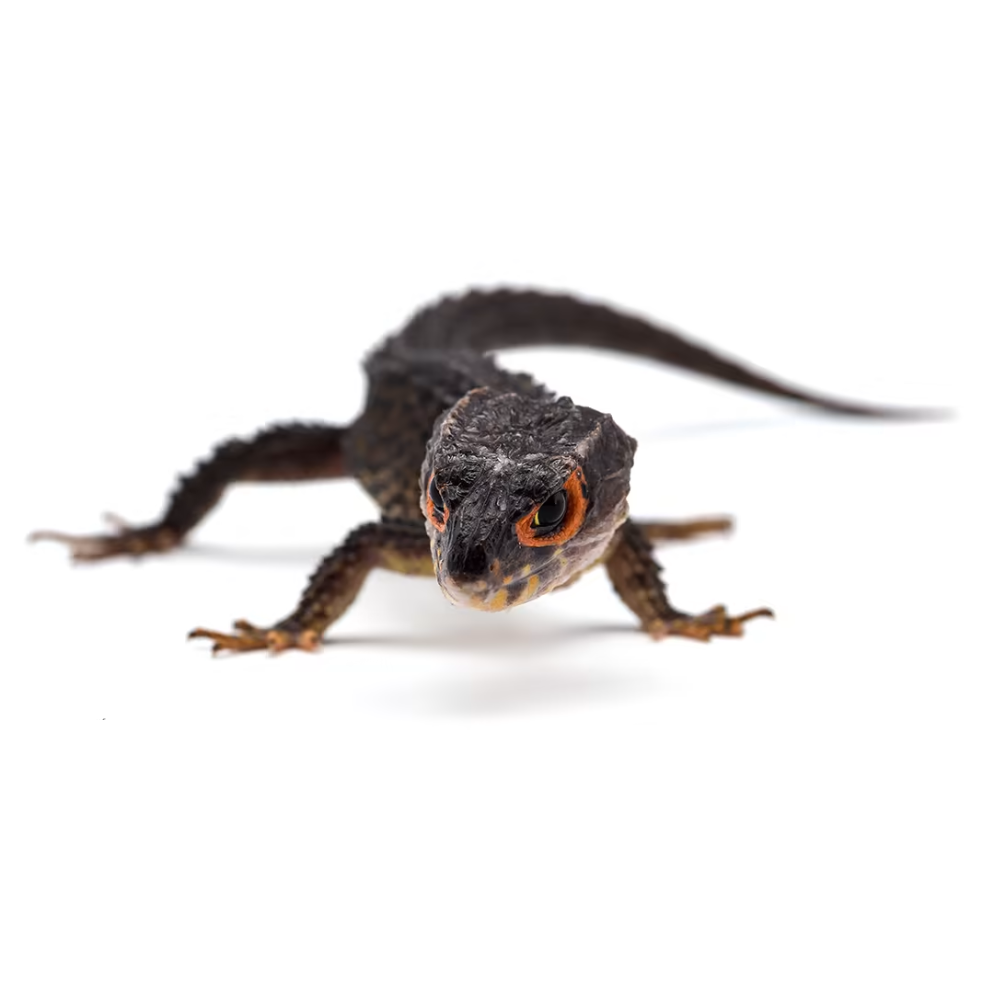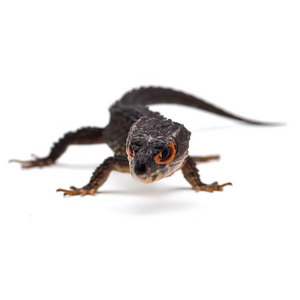0



Description:
The crocodile skink, also known as the crocodile lizard or crocodile skink lizard, refers to several species of small, lizard-like reptiles belonging to the genus Tribolonotus. They are native to New Guinea and nearby islands.